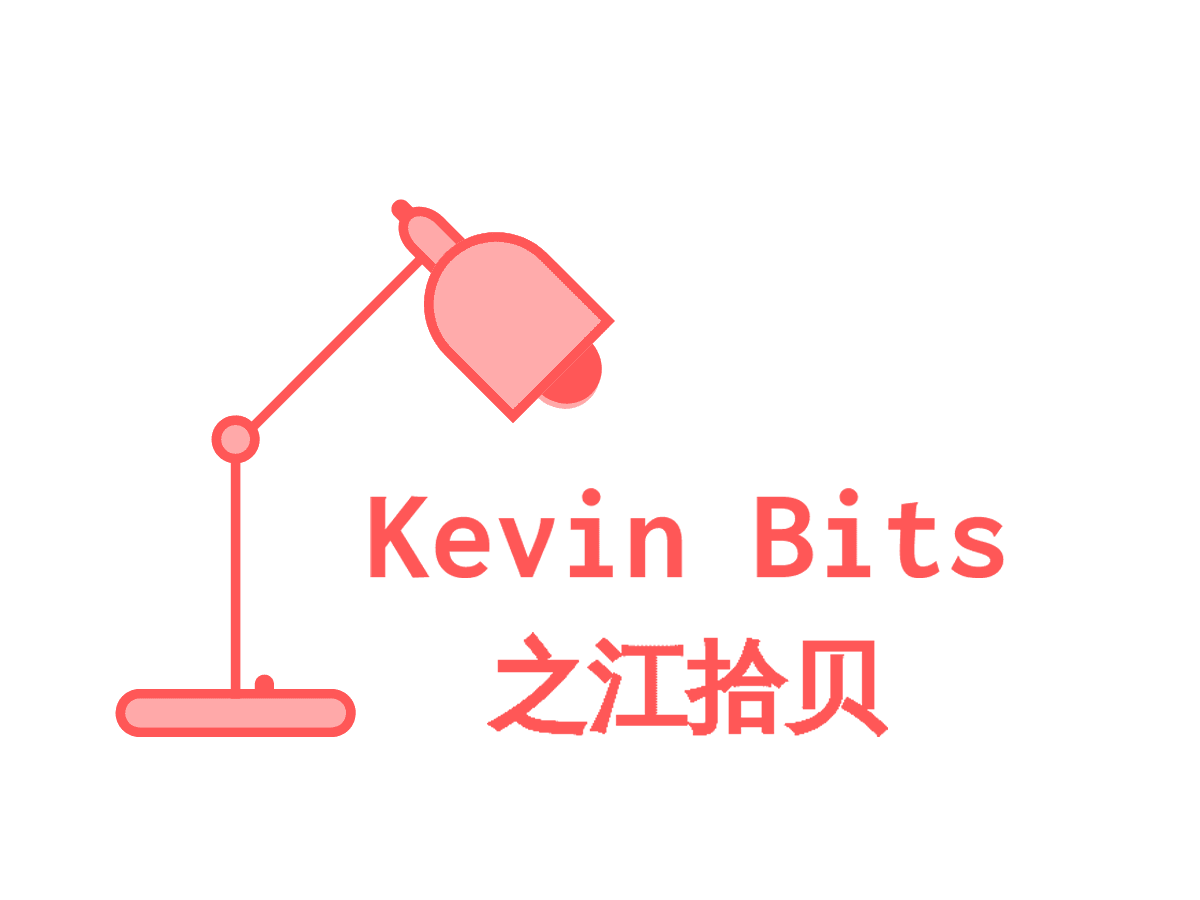Last Friday, a better than expected nonfarm payroll number prompted optimism of a rate hike as soon as the FOMC meeting in mid-December. U.S. employers in October added jobs at the quickest pace this year, and boosted wages at the fastest rate since 2009. The unemployment rate fell to 5%, near the 4.9% rate the economists project as normal in the long run. Average hourly earnings in the private sector rose at 2.5% annual pace in October, highest since the economy emerging from recession.
The FOMC has repeatedly said that the time to start normalizing interest rate is dependent on a range of data. “Now no decision has been made on that and, what it will depend on, is the assessment at the time. That assessment will be informed by all of the data that we collect between now and then,” Janet Yellen said, while testifying before the House Financial Services Committee last Wednesday, “(if the incoming information supports the expectation to generate improvement in labor market and to return inflation to 2%), then) December (rate hike) would be a live possibility.”
But do not forget the Fed has dual mandate – to maximize employment and to maintain price stability. As a matter of fact, price stability was the founding reason of the Federal Reserve Bank, and this mandate was enhanced in the recent year via explicitly stating a numeric inflation target of 2%. The Fed must be sensitive in its creditability on inflation mandate.
An early rate hike or a fast pace of hiking could further bring down inflation. There are at least two channels affecting inflation when policy rate increases. First, rate hikes in general suppress economic growth and therefore lower inflation. Second, high interest rate can strength the U. S. dollar hence making import goods cheaper for the U. S. consumers. The total inflation has been mostly below that target since 07/08 financial crisis, despite trillions of dollars released from various quantitive easing programs on top of ultra low policy rate. That suggests there’s underlining forces pushing inflation down. Many consumers have been busy repairing their balance sheets. Wage pressure is low due to high unemployment for so many years, and job turn-over rate remains low.
There are plenty of tools available for the Fed to fight inflation if happens. Inflation, even if overshoot the target by a small number for a year or two, is not a big deal, given it has been below the target for almost ten years. In that sense, I think it may not be worthwhile taking risk to raise the interest rate too early.
